Exploring the Fascinating Origins of Family Symbols
Family symbols hold significant meaning and are deeply rooted in various cultures worldwide. These symbols serve as powerful representations of kinship, heritage, and unity, transcending language and geographical boundaries. Let’s delve into the origins of these symbols and discover the captivating stories behind them.
The Tree of Life: A Universal Symbol of Family Bonds
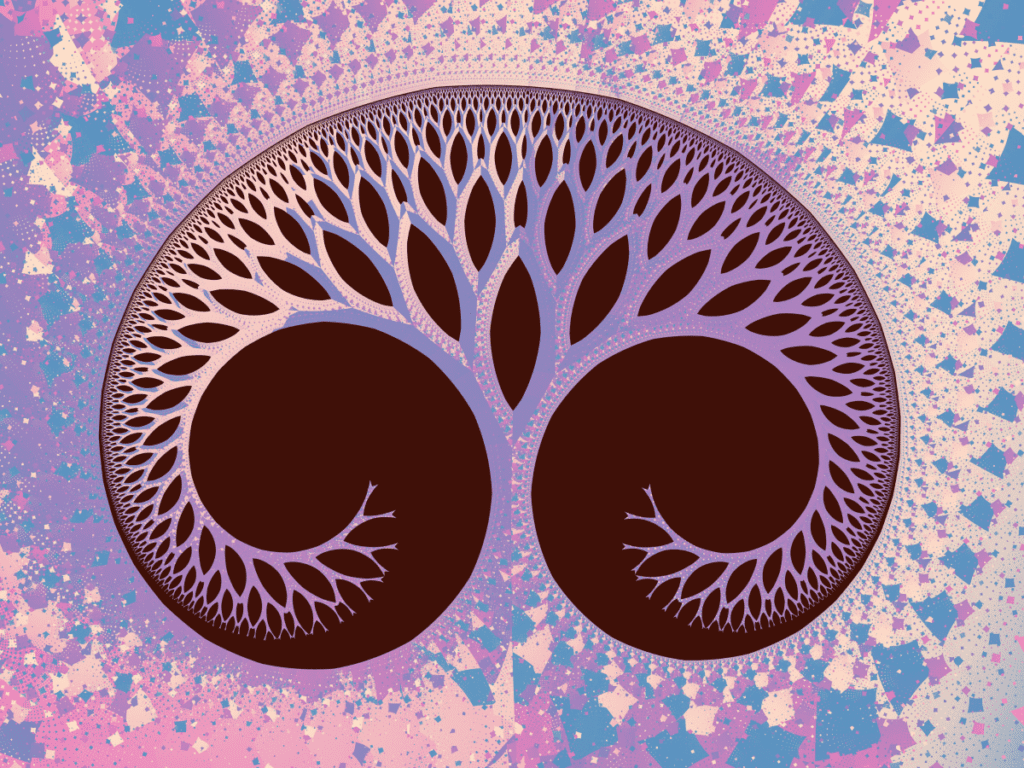
One symbol that resonates across different cultures is the Tree of Life. Depicted in various art forms, this symbol signifies the interconnectedness of generations within a family. Originating from ancient Celtic, Norse, and Egyptian cultures, the Tree of Life symbolizes strength, growth, and resilience.
The Yin-Yang: Balancing Family Harmony
In Eastern cultures, the Yin-Yang symbol represents the delicate balance between opposing forces. As a family symbol, it embodies the concept of complementary forces within a family unit, such as male and female, parent and child, and young and old. This symbol encourages harmony, mutual respect, and unity among family members.
The Ancestral Totem: Honoring Heritage and Ancestors
Many indigenous cultures around the world have ancestral totems as symbols of family heritage. These totems often take the form of animal representations, connecting individuals with their ancestral lineage. Totems serve as reminders of the wisdom, guidance, and protection of past generations, fostering a sense of belonging and cultural identity within families.
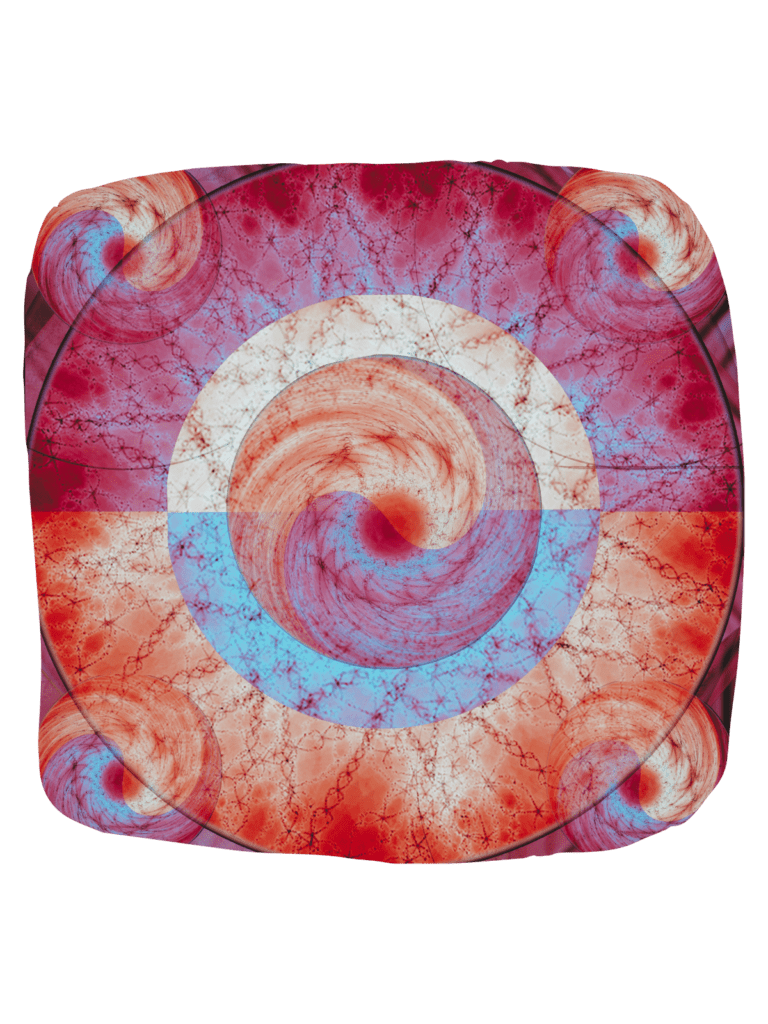
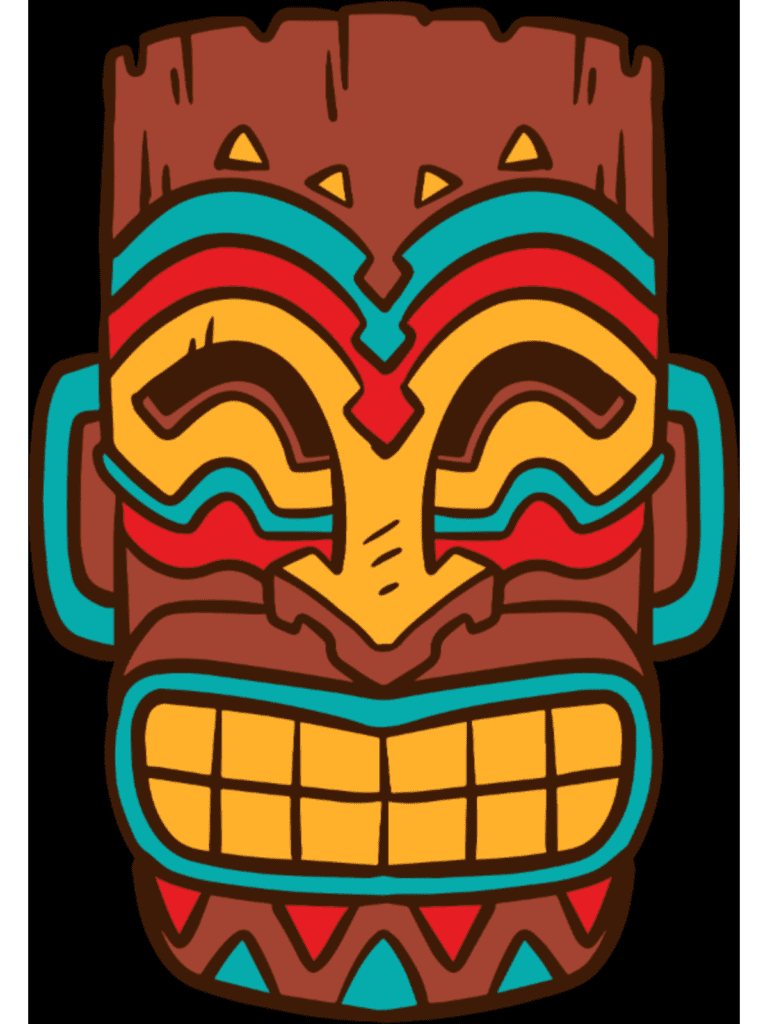
The Heart: Love and Compassion at the Core of Family
The heart symbol universally represents love, compassion, and emotional connection within families. In different cultures, hearts may be adorned with unique embellishments or incorporated into family crests. The heart symbolizes the profound love shared among family members, nurturing strong bonds and providing support during both joyous and challenging times.
The Circle of Infinity: Enduring Family Ties
The circle, with no beginning or end, is a symbol of infinite and everlasting love within families. Many cultures use the circle as a family symbol to represent the unbroken bond between generations. From Native American dreamcatchers to African adinkra symbols, the circle reminds us that family connections transcend time and space.

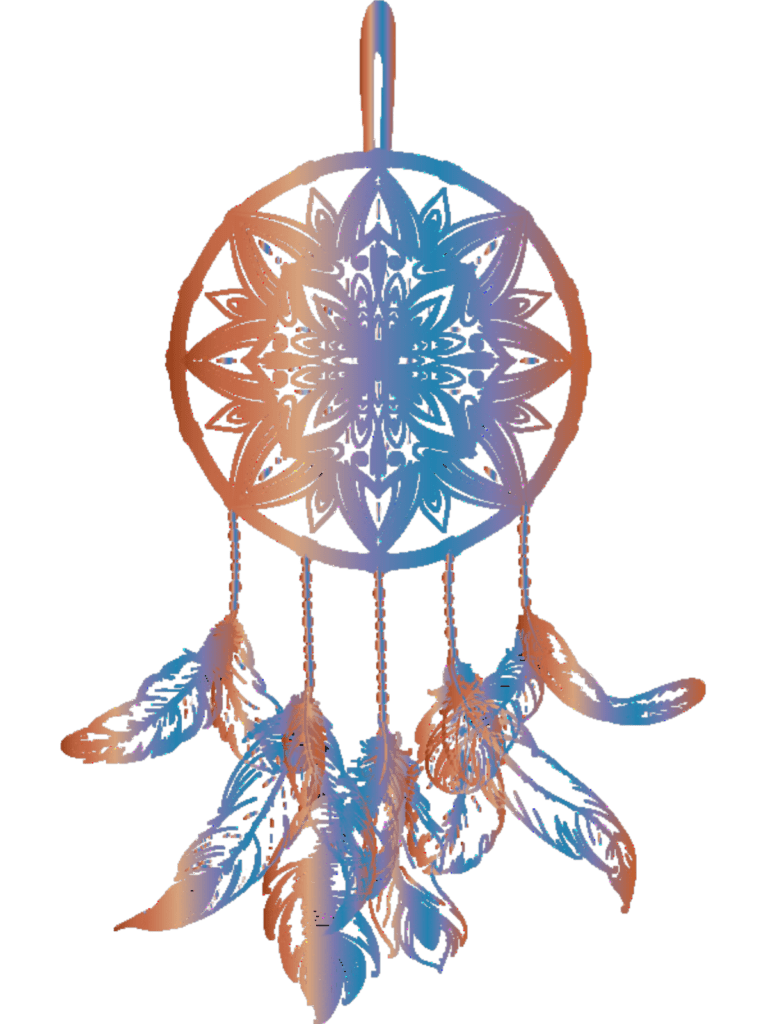
The Handprint: Celebrating Family Unity
Handprints are a simple yet powerful symbol of family unity found in cultures worldwide. Handprint art, whether displayed on walls or preserved on ceramic tiles, embodies the unique identity of each family member. This symbol signifies togetherness, collaboration, and the importance of cherishing individual contributions within the family unit.
The Knot of Eternity: Enduring Family Strength
In Celtic cultures, the Celtic Knot represents the eternal nature of family bonds. Intricately woven patterns symbolize the interconnectedness of family members and the strength that arises from unity. This symbol is often featured in jewelry, family heirlooms, and tattoos, serving as a constant reminder of the enduring power of familial love.

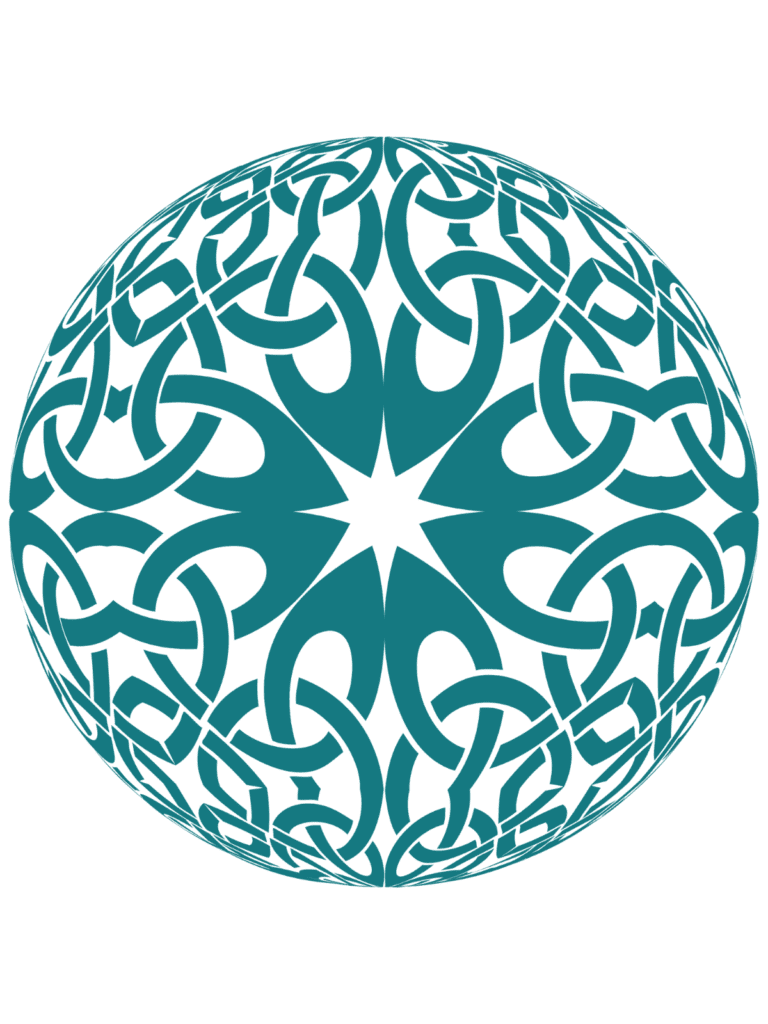
The Family Crest: A Visual Legacy
Throughout history, noble families used crests to symbolize their lineage and honor their ancestry. These coats of arms featured symbols and colors representing the family’s values, achievements, and heritage. Today, many families continue this tradition, designing personalized crests that encapsulate their unique history, promoting a sense of pride and continuity.
Incorporating Family Symbols Into Daily Life
Display family symbols in numerous ways to celebrate and reinforce familial connections. Incorporate into home décor, jewelry, clothing, and even digital platforms. Whether through customized artwork, personalized jewelry, or matching tattoos, these symbols serve as daily reminders of the unbreakable bonds shared among family members.
Family symbols serve as potent representations of kinship, heritage, and unity across cultures. From the Tree of Life to the Family Crest, these symbols hold deep significance and are displayed in various forms to honor ancestors, foster harmony, and celebrate enduring family bonds. Embracing and incorporating these symbols into our lives allows us to cherish and strengthen the connections that truly define us: our families.
Learn more about family symbols in these posts:


